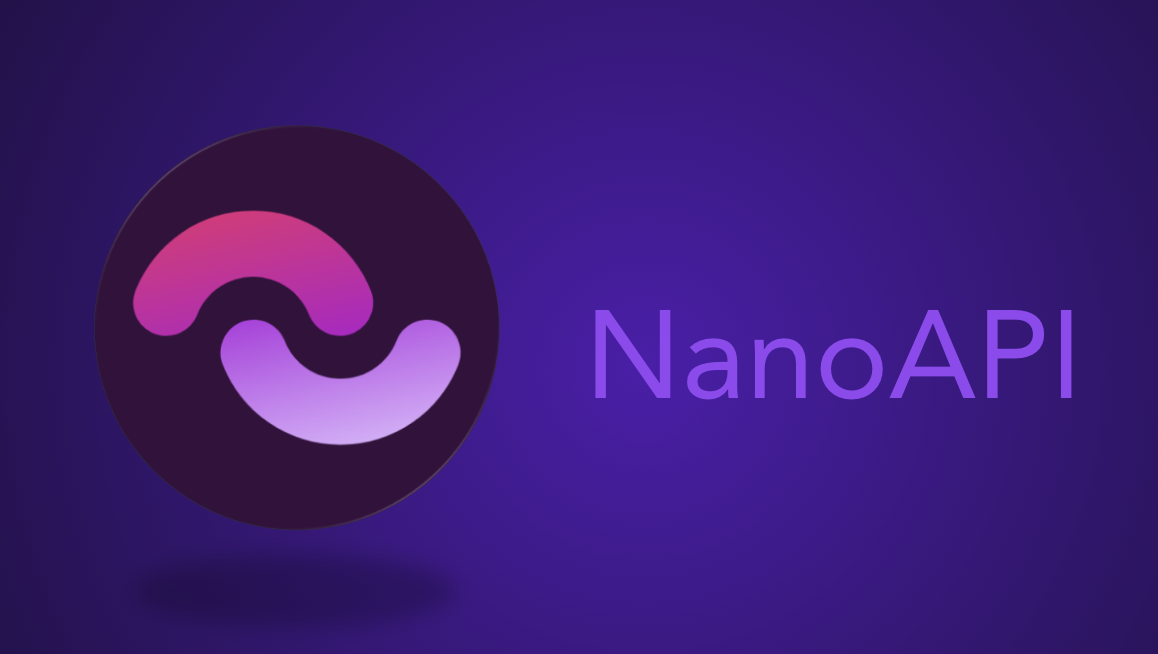Introducing NanoAPI - Redefining API Development
 Joel Milligan
Joel Milligan
Hello there! Thanks for dropping by. We’re excited to introduce NanoAPI, a powerful new refactoring tool designed to help developers, architects, and CTOs streamline the way they work with complex API codebases. Whether you’re dealing with a legacy monolith or a modern codebase that needs a fresh approach, NanoAPI is here to simplify refactoring, optimize API architecture, and revolutionize how APIs are built.
Why NanoAPI?
Imagine this scenario: you’re a fast-scaling series A+ startup that built and built and built into a monolithic codebase. Things are going great until you get slapped with a $500k/month hosting bill, and the only solution is to spend the next four years refactoring to microservices.
Or maybe you’re working for the themepark business that must not be named and your department blew more than 100M on bringing in consultants to refactor everything to microservices, but they failed (as 90% of these efforts do) and you shutter the department.
APIs are the backbone of modern applications, but as they grow in complexity, so does the challenge of maintaining and refactoring them. NanoAPI aims to change that with an intuitive UI that makes it easy to split, refactor, and optimize your API code in any language or framework. Our code-splitting algorithm works behind the scenes, ensuring your API structure is optimized for performance and scalability.
The magic? With NanoAPI, we’re building a world where you write your code as a monolith but deploy it as microservices. This approach offers the simplicity of monolithic development without sacrificing the scalability and flexibility of microservices.
Robustness, clarity, and efficiency
What if you could split out that finance report API that breaks your codebase every quarter when it’s called? With our tool you can isolate, deploy, and set a scale-to-zero policy to save costs.
What if you could see in an instant what your codebase is doing today on the latest commit without spending hours digging through the code? What if you could find out about all outbound traffic at a glance and build no-nonsense architectural diagrams? This can be done in seconds with a single command.
And finally, what if you could improve the energy efficiency of your code without thinking about it. Our whitepaper, which we are in the process of making available, shows that splitting APIs apart can result in up to 17% energy usage reduction, helping with CSRD concerns.
What’s next for NanoAPI?
🚀 Launch date: NanoAPI will officially launch in open-source on 28th October 2024. Keep an eye on our GitHub repo and be ready to give us a ⭐!
🧑💻 Growing a community: You have more questions than we have time to answer right now (what about databases!?). We invite you to connect with us on Linkedin or through our new Subreddit.
🌐 Cloud-hosted version: Not into self-hosting? We’ve got you covered. Our cloud-hosted version of NanoAPI offers per-endpoint scale-to-zero, real-time API metrics, and one-click deployments. Join the waitlist to be the first to try it out.
🏢 On-prem solutions: Need all the features of NanoAPI but on your own infrastructure? We also offer on-prem deployment. Contact us for a custom quote.
Stay connected
As we approach launch, follow our progress, check out our documentation, and join the conversation. We’re building NanoAPI to empower developers, and we can’t wait to see how it helps you take control of your API codebase.
About us
We’re a small multi-national team of 3 people (hence our diverse title capitalization standards) looking to improve the way developers solve problems.
NanoAPI has been selected for Techstars Berlin F24, where we’re receiving backing and funding to make our vision a reality. Our team is expanding too! We’ve hired our first engineer and are actively looking for DevRel and DevExp roles to join us in shaping the future of API development. Contact Us if that might be you.
You can also catch us at Web Summit Lisbon in November 2024. We’d love to chat with you about how NanoAPI can transform your development workflows.
Thanks for reading. Follow up with us on our website and stay in touch!
Subscribe to my newsletter
Read articles from Joel Milligan directly inside your inbox. Subscribe to the newsletter, and don't miss out.
Written by
